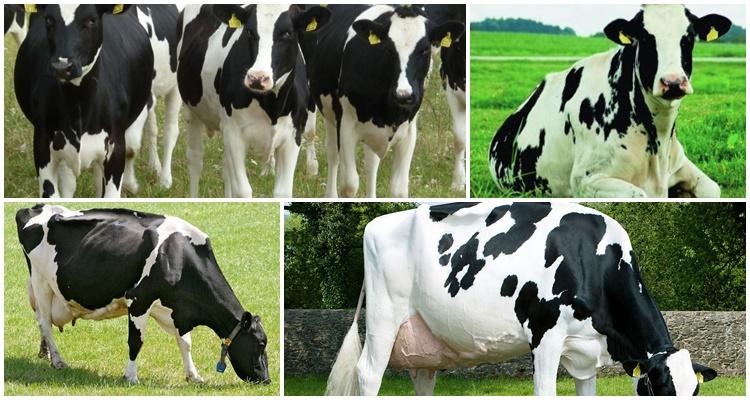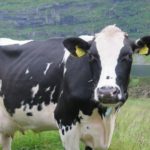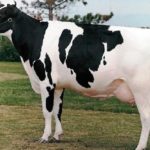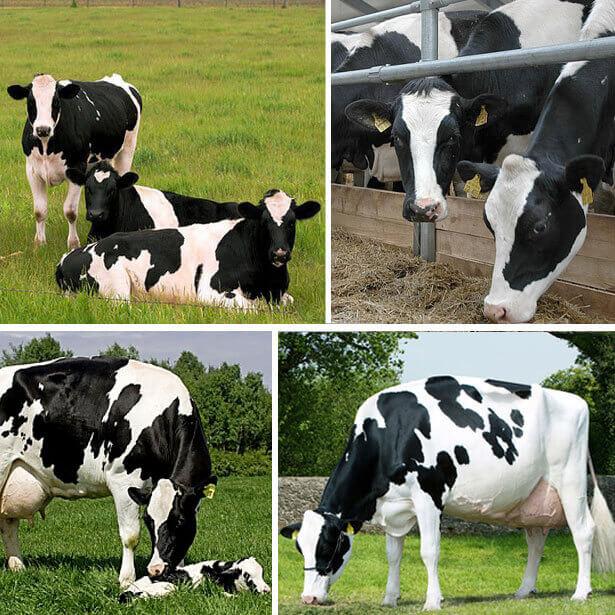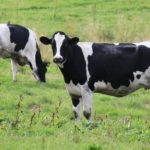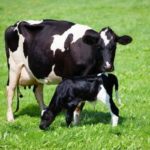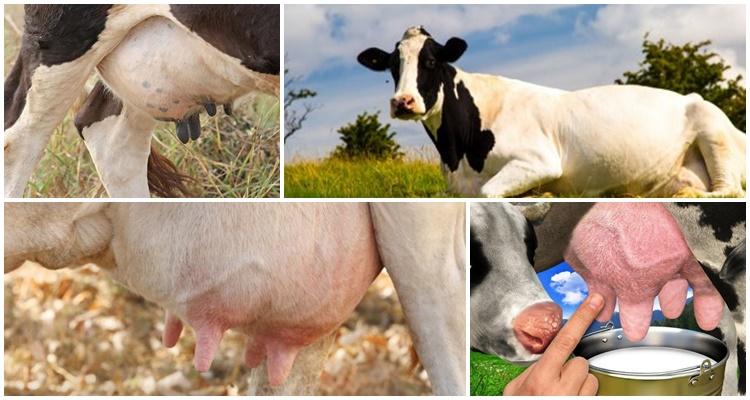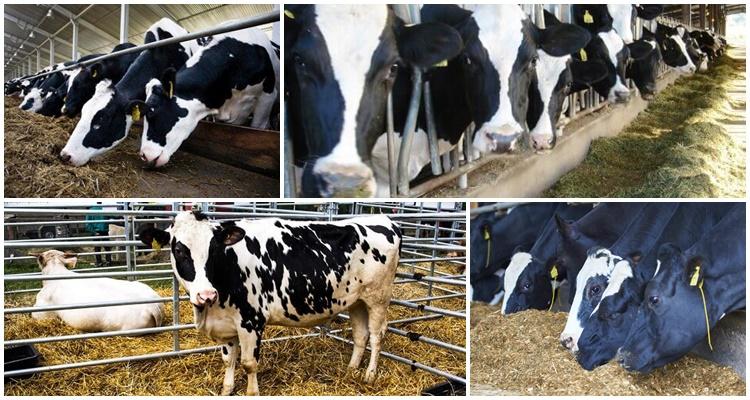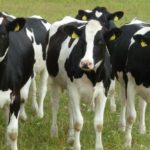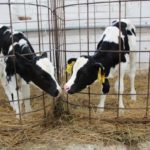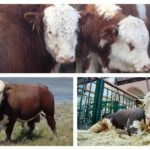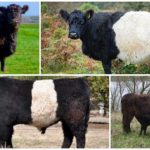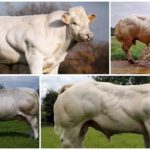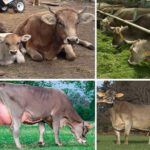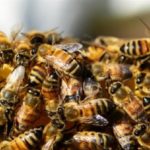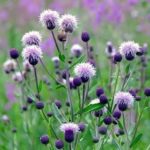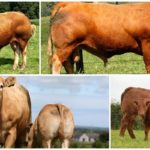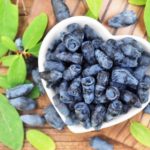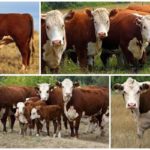The Dutch breed of cows is understood as one of the most ancient animals, which are distinguished by a high degree of productivity. Representatives of this type of livestock are more than 300 years old. The breed was obtained in Holland through purebred breeding. Subsequently, it influenced the improvement of the livestock of many breeds of cows. The indisputable advantages of animals are their high productivity and unpretentiousness to living conditions.
History of the breed
This breed of animals was created in the eighteenth century. She appeared in Holland. The development of animals was facilitated by a favorable climate and excellent pastures. In the nineteenth century, the Germans became interested in cows. They brought them to Germany for subsequent breeding work. As a result, the East Friesian breed was created. Dutch cows have become widespread in Europe.
Cows were brought to Russia by Peter I. Work aimed at improving the breed helped give the animals a more powerful muscle corset and thicker skin. At the same time, we managed to maintain high milk yields. Despite the fact that cows belong to the dairy sector, they can be used as a source of quality meat.
External characteristics and productivity of the Dutch breed
In appearance, the animals are somewhat similar to the Belgian Blue breed. However, this type of cattle is characterized by a mottled black coat. The height of animals can be 130 centimeters. At the same time, they have low and powerful limbs and a proportional body with pronounced muscles and strong bones.
Cows have a wide chest and an elongated head. They are characterized by a straight back and a large, cup-shaped udder. All lobes are considered developed, and the nipples are distinguished by their correct location. Calf weight at birth is 35 kilograms. The average weight of a dairy cow reaches 600 kilograms. Bulls have a large mass. Some representatives of the breed reach 1 ton.
A distinctive feature of animals is considered to be precociousness. Calves are characterized by rapid growth. In this case, insemination begins at 14 months. Another distinctive feature of animals is cleanliness.The Dutch cow produces a lot of milk. During lactation, it is possible to obtain about 4.5-5 kilograms of milk from a milking individual. Its fat content exceeds 4%. Cow meat is considered high quality. Since they have an impressive fat mass, the slaughter yield reaches 60%.
Positive and negative sides
Maintenance and care
To get a lot of milk and quality meat, it is important to provide the animals with proper care.
Summer walking area
The standard option for keeping animals in summer is grazing. In this case, groups are formed from several dozen cows. They must be controlled by the shepherd. This grazing option keeps the cows calm. At the same time, they are able to maintain excellent muscle tone. It is important to ensure that an overly zealous individual does not get into the group. It will negatively affect the rest of the herd. To protect cows from the scorching sun or rain, it is recommended to install a shelter.
Arrangement of the barn
These animals are prohibited from being kept on a leash. Therefore, they are recommended to organize a barn in the form of boxes. In such conditions, animals can move freely around the designated area, eat, rest and milk.
At the same time, it is important to divide cows into categories, highlighting young heifers, milking and dry. The number of animals in a group should be 20-40. If the number of cows is small, it is enough to resettle pregnant cows in their final stages. Newborn calves should also be kept separately. For this type of content, it is recommended to use group feeders and drinkers. They will have to be cleaned after each feeding. It is recommended to lay straw flooring every day.
Since representatives of this breed have special requirements for cleanliness, instead of bedding it is worth using special mats that can be washed and cleaned. It is recommended to add lick salt to temporary and stationary feeders. This substance promotes bone formation, stimulates appetite and makes the immune system stronger.
Conditions of detention
Dutch cows adapt well to cool climates. They are able to withstand short periods of heat, thrive in moderate weather and easily tolerate continental cold.
It is important to maintain a comfortable level of light in the barn. Twilight leads to oppression of animals. At the same time, the use of modern lamps will provide high-quality lighting to the room.
Good ventilation is also important. At the same time, drafts should be avoided. In hot weather, cows need to be kept a little cool. It will help increase milk yield.
Cleaning
Cows are highly sensitive to hygiene rules. Therefore, it is recommended to do the following every day:
- clean the stall;
- change the litter;
- remove feeders;
- wash the drinking bowl;
- ventilate the room.
Preparing for milking
Animals are very susceptible to infectious pathologies. Therefore, at the stage of preparation for milking, it is recommended to do the following:
- wash the udder and nipples;
- examine the udder for formations - this helps prevent mastitis or identify the disease at the initial stage of its development.
Feeding rules
The diet is usually based on monofeed. Moreover, it must include the required amount of protein and proteins. It is recommended to gradually switch cows to a summer diet. Dutch individuals require the following products:
- 30 kilograms of silage;
- 5 kilograms of sugar beets or carrots - every 2 days you are allowed to add potatoes, pumpkin, and zucchini to the menu;
- 6 kilograms of hay;
- 1.5 kilograms of sunflower cake;
- 1 kilogram of grain or barley flour;
- 700 grams of bran - the daily amount is recommended to be divided into 3 times and given to animals in dry form or as porridge.
When grazing in a wet meadow, watering animals does not require special attention. They may sometimes approach drinking bowls to bring the volume of fluid to the physiologically necessary level. At the same time, a complete water supply in a barn is of great importance. This is especially true for dairy cows. Representatives of this breed usually drink water 2-3 times a day. At the same time, it must always be fresh. It is recommended for milking females to drink 70 liters of water. The so-called dead wood is enough for 50 liters.
Cow breeding
Heifers are characterized by a high rate of puberty. They can mate as early as 14-16 months. In this case, it is possible to use natural or artificial insemination. Every year the cows give birth without problems or delays. The hunting period is observed every 3 weeks. Its onset can be recognized by the female’s increased anxiety. She also experiences swelling of the genitals and is in estrus.
It is recommended to keep the calving process under control. If birth occurs in the cold season, the newborn should be thoroughly dried and moved to a warm room. In this case, the baby requires thick soft bedding consisting of hay and sawdust.
In the first weeks, it is recommended to feed the calf with milk up to 6 times a day. Representatives of this breed are highly sensitive to living conditions and nutrition.
When artificial insemination it is necessary to adhere to proportionality. It is not recommended to cover cows with a bull of a larger breed. This is especially true during the first calvings. This often provokes serious problems during childbirth and even causes the death of the animal.
Frequent illnesses
Dutch cows are characterized by increased susceptibility to leukemia and tuberculosis. That’s why it’s so important to monitor their well-being and monitor their health. In addition, with the arrival of cold weather, they often face the development of mastitis. Therefore, animals definitely require rubber mats. This helps avoid frostbite.
To avoid such dangerous pathologies as foot and mouth disease, brucellosis, pasteurellosis, it is important to vaccinate animals. Vaccinations also help prevent rabies and anthrax. The procedure should be performed starting from 2 months. To prevent skin pathologies, fungal or bacterial infections, it is important to treat the premises with caustic soda at least twice a year. Slaked lime is also suitable for this.
The Dutch breed of cows is very popular among farmers. These animals are characterized by high parameters of meat and milk productivity. At the same time, to improve the quality of products, it is important to provide adequate care for pets.It must be comprehensive and include good hygiene and good nutrition.

